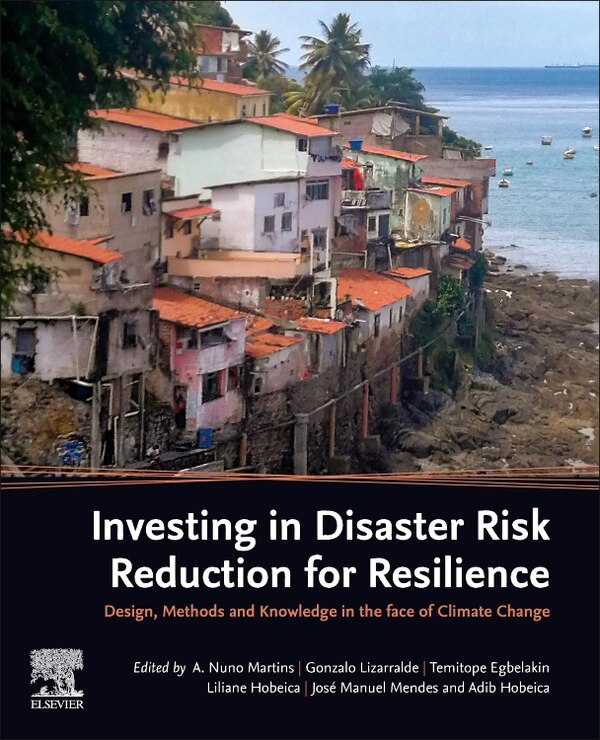Home
Investing In Disaster Risk Reduction For Resilience by A. Nuno Martins, Paperback | Indigo Chapters
Loading Inventory...

Investing In Disaster Risk Reduction For Resilience by A. Nuno Martins, Paperback | Indigo Chapters
From A. Nuno Martins
Current price: $185.50


From A. Nuno Martins
Investing In Disaster Risk Reduction For Resilience by A. Nuno Martins, Paperback | Indigo Chapters
Current price: $185.50
Loading Inventory...
Size: 1 x 9.25 x 1
*Product information may vary - to confirm product availability, pricing, shipping and return information please contact Coles
Disaster prevention and the mitigation of climate change effects call for global action. Joint efforts are required among countries, economic sectors, and public and private stakeholders. Not surprisingly, international organizations, such as the United Nations agencies, propose policy frameworks aimed at worldwide influence. The 2015 2030 Sendai Framework seeks to create consensus about the need to act for disaster risk reduction and climate adaptation. A key goal is to promote investments in risk reduction and resilience. But how useful is this policy framework? What does it say, and what does it overlook? How can it be implemented among vulnerable communities, in historic sites, and in other sensitive locations affected by disasters?In this book, prominent scholars and practitioners examine the successes and failures of the Sendai Framework. Their case studies show that, despite its good intentions, the Framework achieves very little. The main reason is that, while avoiding a political engagement, it fails to deal with disasters' root causes and guide the difficult path of effective implementation. The authors bring a fresh look to international policy and design practices, highlighting cross-disciplinary research avenues, and ideas and methods for low-income communities, cities and heritage sites in Portugal, Haiti, the United States, the Philippines, New Zealand, Sri Lanka, Nigeria, among other countries. Global action requires collaboration between heterogeneous stakeholders, but also the recognition of inequalities, power imbalances, and social and environmental injustices. Analyzes outcomes and drawbacks of implementing the third priority of the Sendai Framework for Disaster Risk ReductionPresents real-life attempts to increase risk resilience and climate-change adaptation, both before and after disastersAddresses design as a means to build resilience in community and heritage interventionsCalls for embracing the complexities and dynamic character of DRR and climate-change knowledge, investment, and communication | Investing In Disaster Risk Reduction For Resilience by A. Nuno Martins, Paperback | Indigo Chapters







